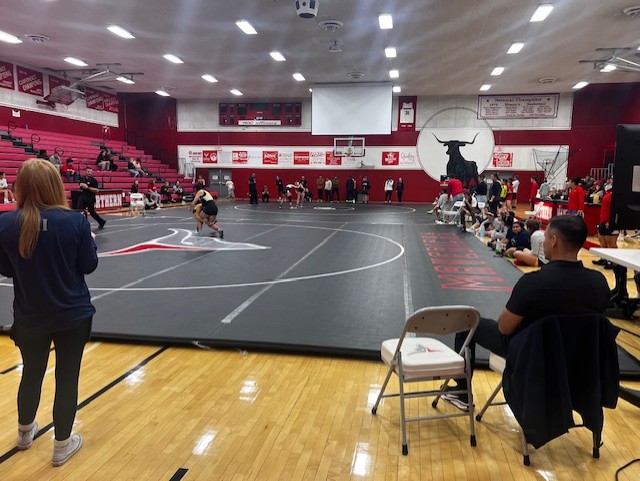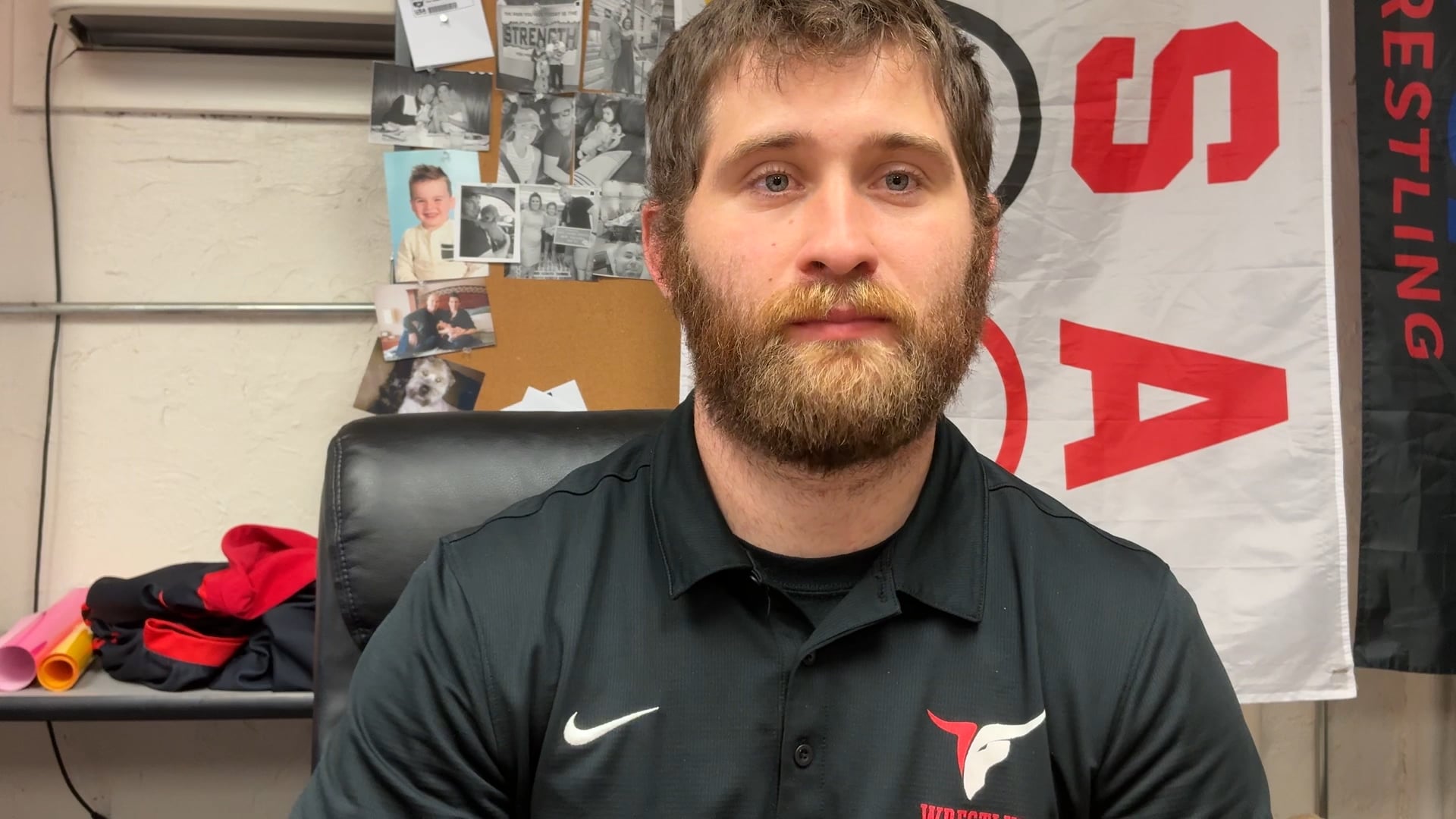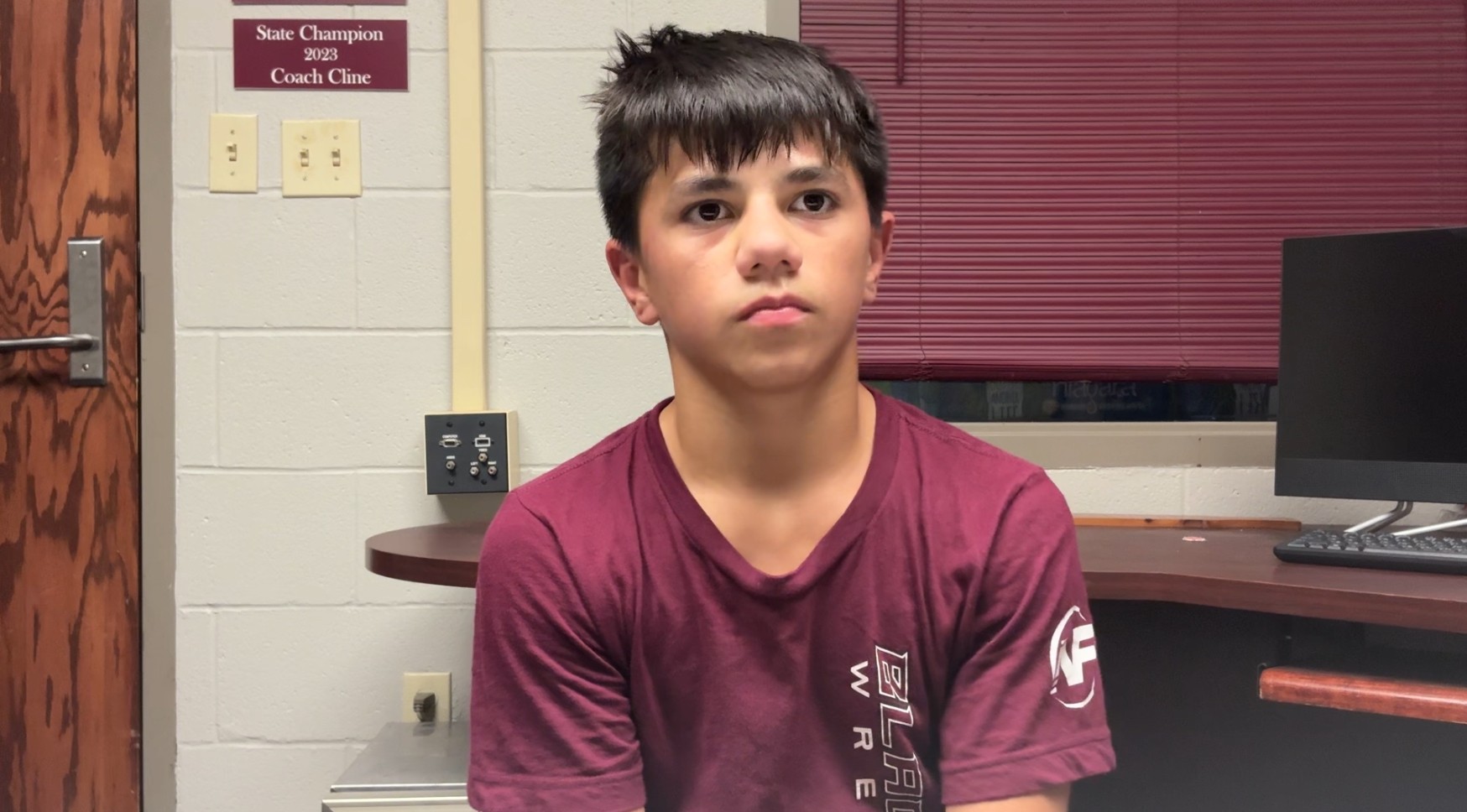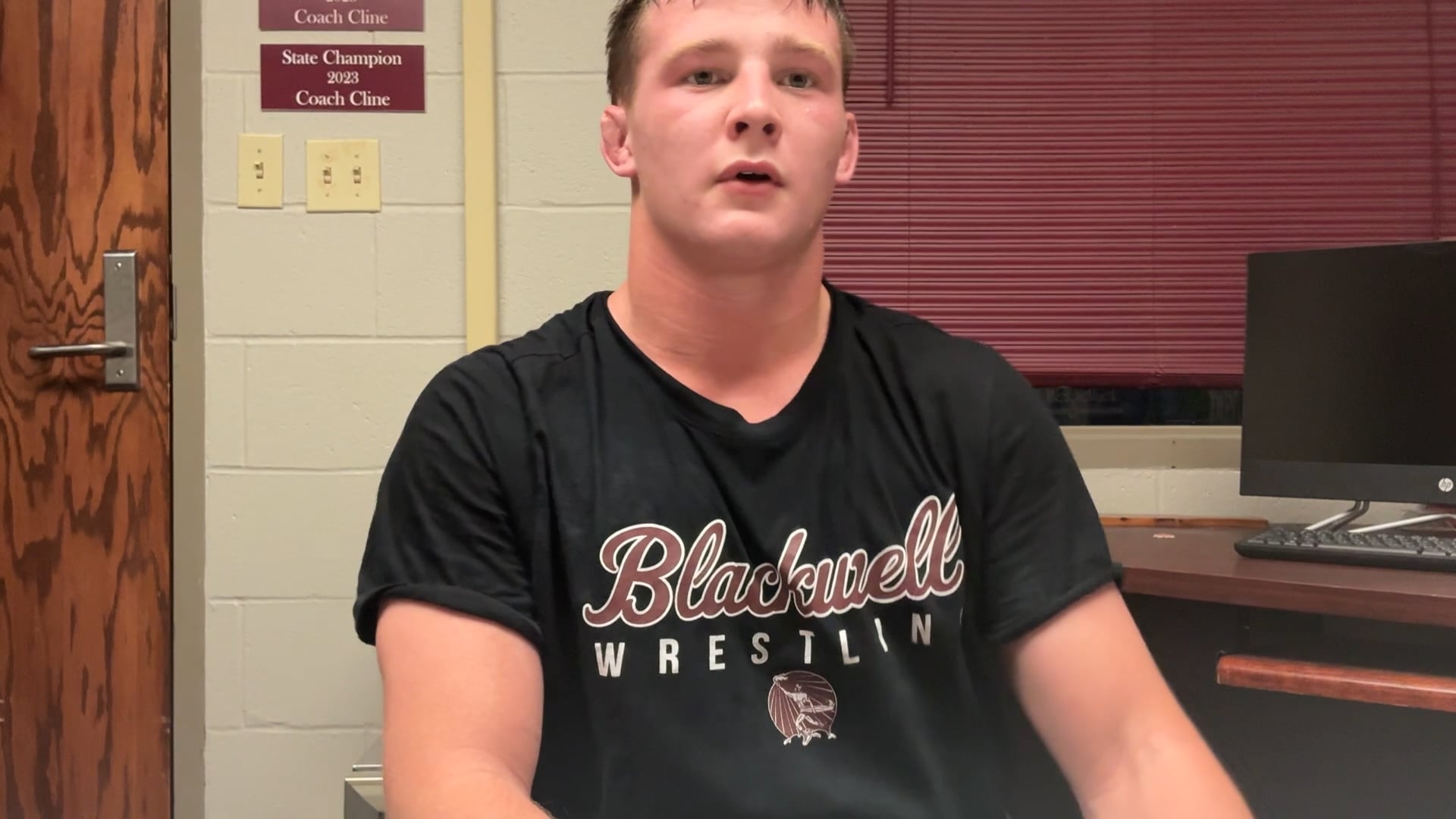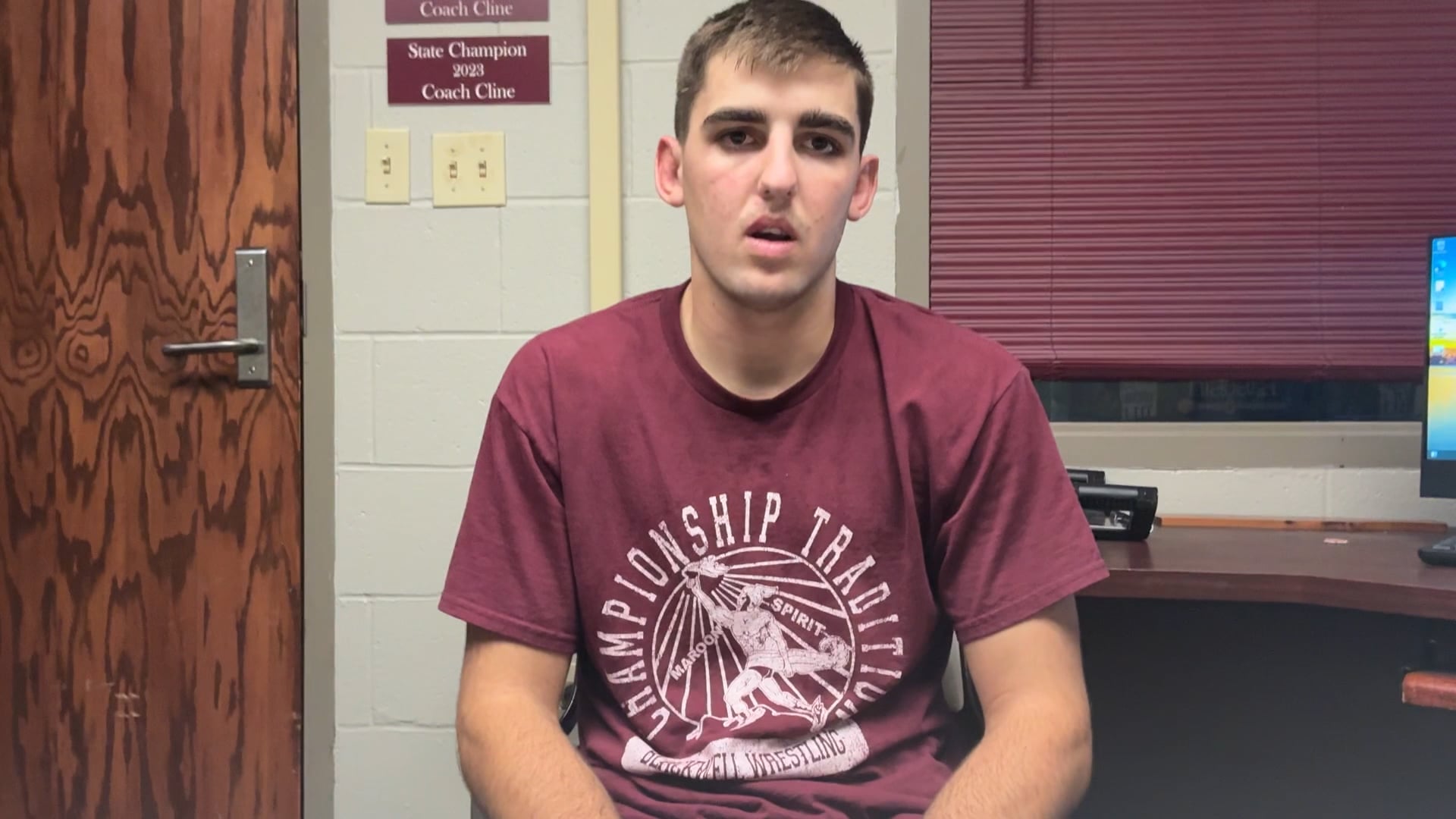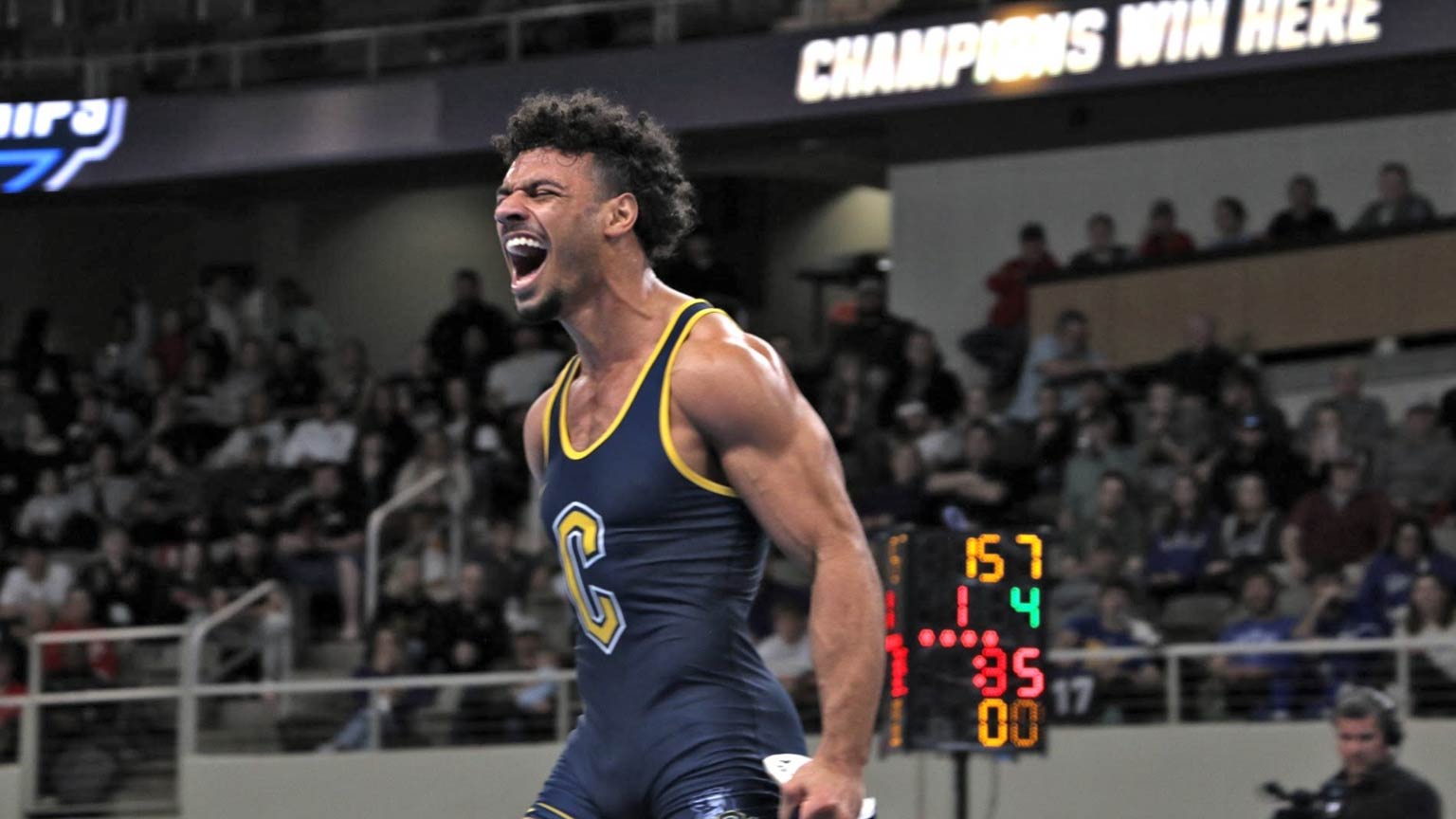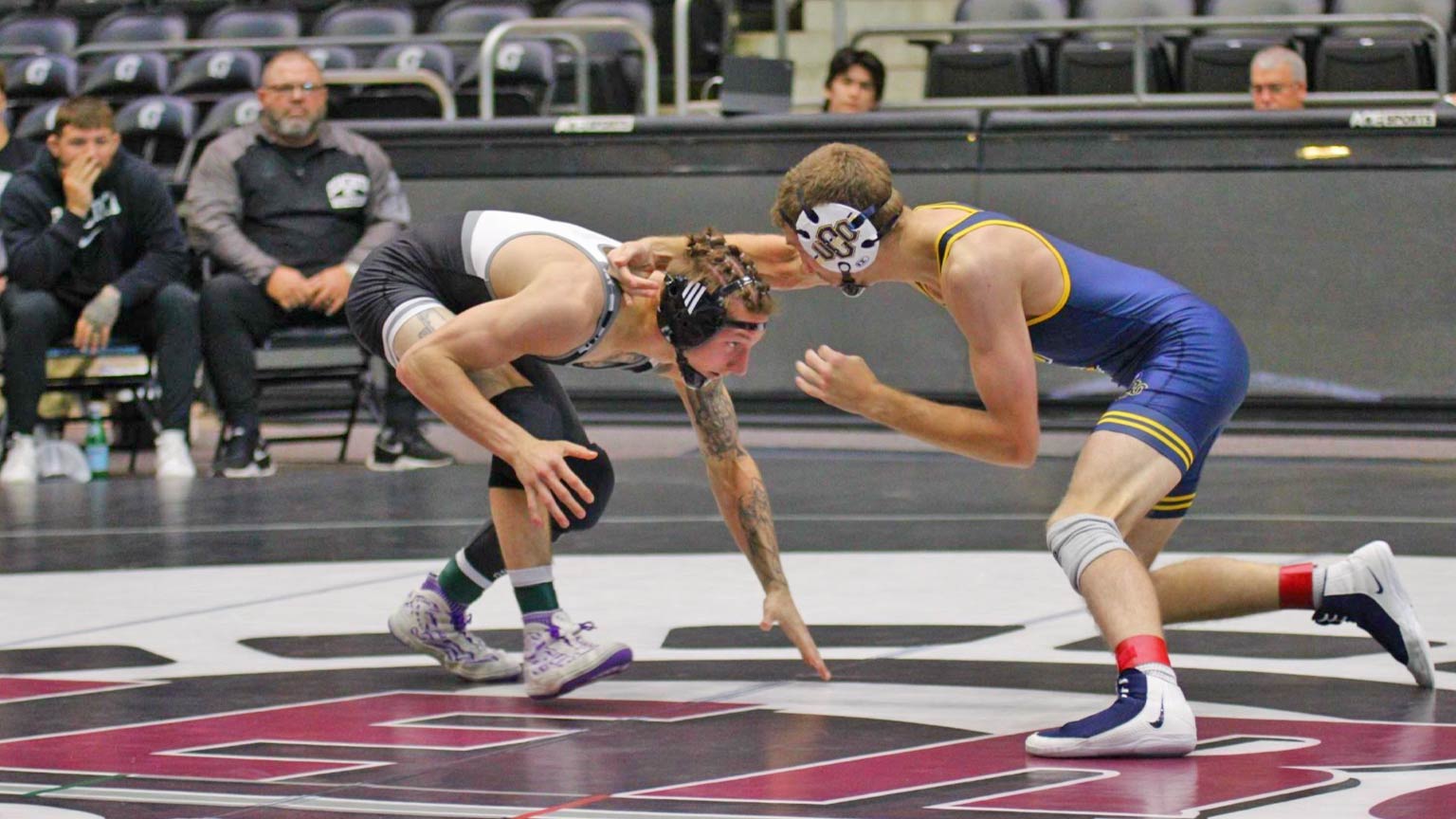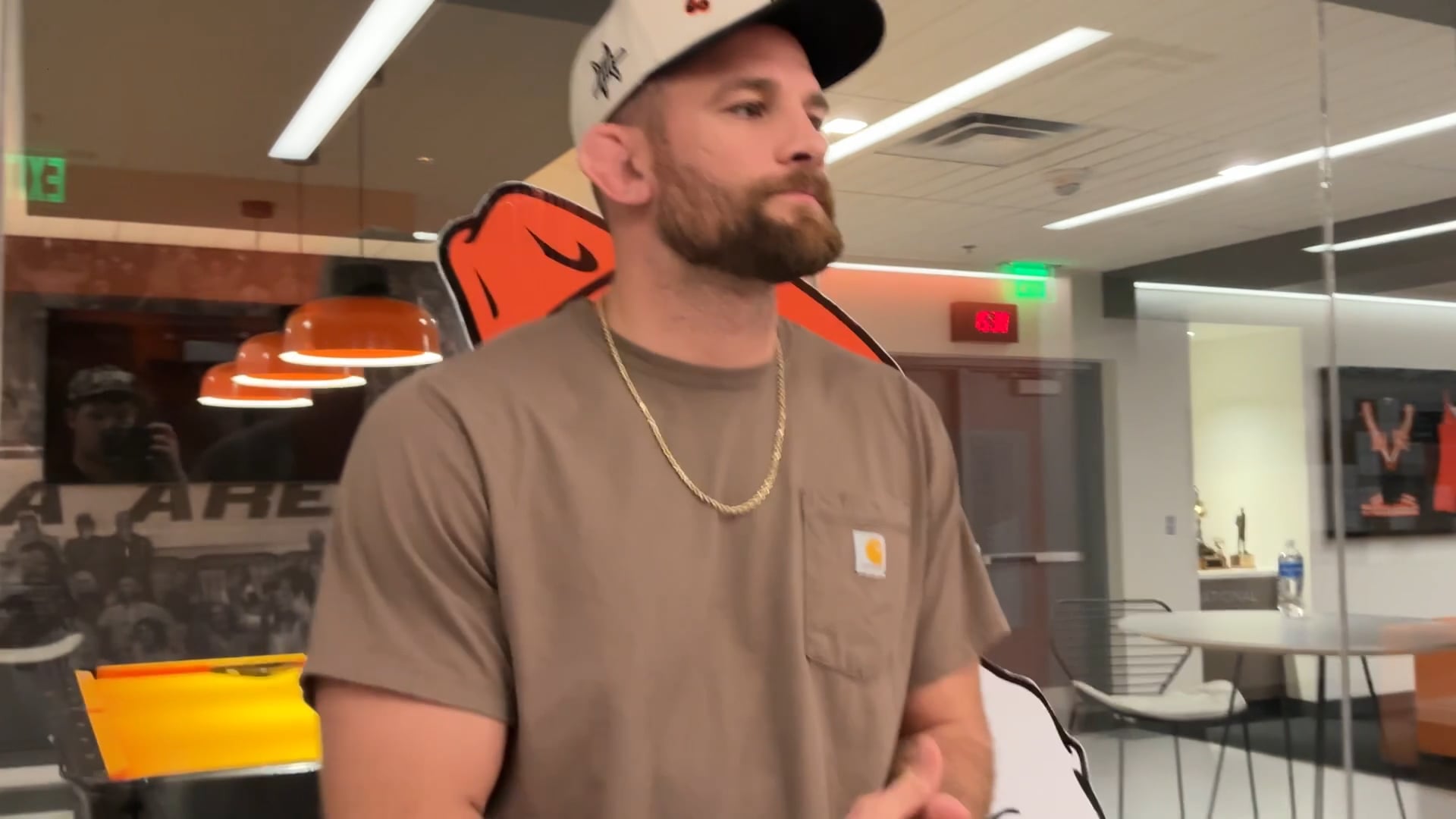This week, Rose State College announced the addition of another NJCAA wrestling program for the state of Oklahoma. They will start competition in the 2025-26 season. This is now the fifth Junior College in Oklahoma with wrestling, along with NEO, Carl Albert State, Northern Oklahoma College, and Murray State. The sport has exploded at that level, and we’ve even got another Division 2 program on the way with Northeastern State. Someone posed the question to me on Twitter/X of why all these small colleges are bringing back or adding wrestling? It was a lot to elaborate on via Twitter, so I thought I’d take a look at it here. Let’s dive in!
I graduated from high school in 2005. At the time, there were no junior colleges with wrestling in the state of Oklahoma. Joe Renfro coached at Labette and they were a powerhouse. It’s where most of the top wrestlers in Oklahoma, Missouri, and Kansas, who weren’t quite D1/D2 ready, went. That mixture of a Hall of Fame coach like Renfro, and the top talent of the corner states produced several individual All-Americans/National Champions and team titles. It wasn’t until the powers that be at NEO saw that same potential and hired Renfro away to recreate the same mixture in Oklahoma. It worked! Renfro and his staff won their first team National Title at NEO in 2014 and picked up several more in the years following.
Junior Colleges were somewhat “different” in that era. Their design and mission were (and mostly still are) to provide college options in rural or inner-city areas where students might not have as easy access to traditional four-year schools. But that framework of higher education has changed dramatically. Online options are everywhere; most four-year schools have junior colleges embedded with them(See NOC Stillwater), and college in general has taken a bit of a hit as many don’t view the costs of a degree as worth it.
With those factors, and others, enrollment has dropped at most junior colleges. And schools are looking for ways to improve that. With the growth of women’s college wrestling, one relatively simple way to grow enrollment is to add wrestling programs.
I’ll use Northern Oklahoma College in Tonkawa as an example, as I was able to get a pretty close eye on this entire process. Todd Glasgow was the catalyst and deserves massive amounts of credit for the vision, the fundraising, and all the pieces that came together to make this happen. He had wrestled for NOC in college, saw the need/opportunity to bring it back, and started organizing. The concept was perfect. Tonkawa is centrally located between traditional wrestling powerhouses of Perry, Blackwell, Ponca City, and Stillwater. The school already had a strong history in the sport, and the facilities were ripe for a revamp for wrestling. He sold the concept to the school administration, then rallied donors, organized fundraisers, and other community members to make it all happen. The last figure I recall was close to $200,000 they had raised before the Board of Regents voted and approved the resolution to bring back men’s wrestling and add a women’s program.
With that baseline of funding, NOC was able to purchase mats and hire men’s and women’s coaches. Early on, the staff did two things. They improved facilities, and they recruited their first recruiting class, which included about sixty wrestlers on their roster in season one. Now it’s up to seventy-five in season two. The school later touted an enrollment increase of forty-one students in an article last year. If it weren’t for adding those sixty wrestlers, they would have actually seen a drop in enrollment.
NOC reports enrollment increase for Fall 2024 | Northern Oklahoma College
Not every junior college is going to get a Todd Glasgow that does all the fundraising work and other support that NOC received. But if you take any small school in the country and tell them, “I have a way you can add seventy-five students and improve some of your facilities”, they’re probably going to listen. And ultimately that’s what happened. Lots of fundraising was injected into the school by Todd and others’ efforts. The wrestling staff and athletes did much of the labor to improve locker rooms and other facilities, and seventy-five new students, most of whom would never come to NOC if it weren’t for wrestling, enrolled. This injected thousands of dollars of tuition into the university.
That, in itself, is a “win” for the university and the administration. An injection of donor funds, growing enrollment, and all with relatively low initial capital investment. In this case, no investment was required as funds were raised by an outside source. Without even stepping on the mat and winning a match, the university has grown, and that’s where the value for the school is.
Wrestling programs themselves will ultimately operate at a bit of a loss on the balance sheet. A junior college is never going to have enough paying dual attendees to cover the annual budget. But the wrestling teams do host their own fundraisers, tournaments, duals, and other events that offset some of the program costs. Regardless, all the value of these new programs is in tuition dollars and enrollment growth. With women’s wrestling, that enrollment growth is even larger, and there are lower overhead costs due to everything being split between two programs. That offsets almost everything it costs to run a wrestling team and becomes a value for any small college. Not to mention the additional branding and promotion the school gets from having wrestling. Ex. Our website, with thousands of social media followers and readers, was at a tournament last week doing interviews. That wouldn’t be the case if it weren’t for wrestling.
Wrestling at the Division One level is in a tough position. It continues to get more and more expensive. But the growth at every other level has opportunities because it’s a simple way for schools to grow their brand and their enrollment numbers.


